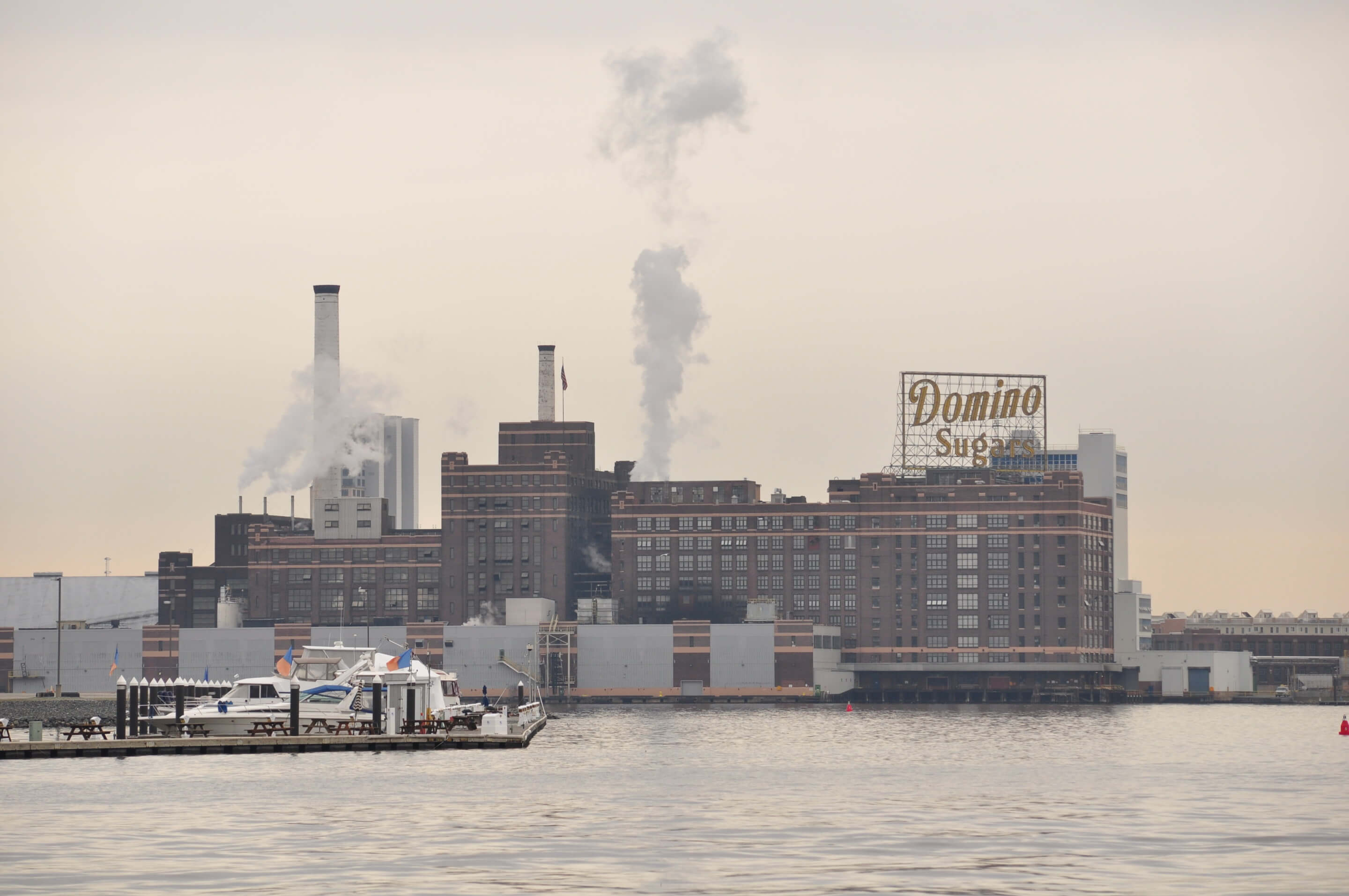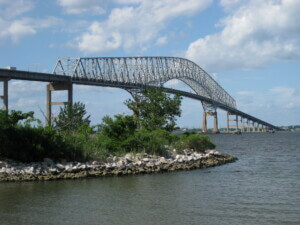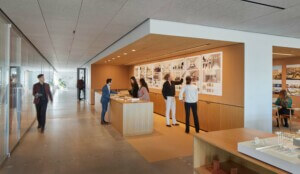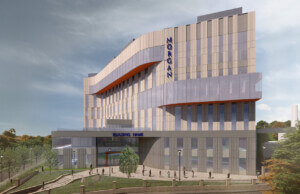One of Baltimore’s brightest lights has gone dark and will remain that way for the next four months. The iconic Domino Sugars sign, a giant orange neon landmark that has loomed over the city’s Inner Harbor for seven decades, was turned off March 1 so contractors can replace it with an LED sign that will “mimic” the look of neon.
Domino Sugar, a subsidiary of ASR Group, is spending $2 million to replace the original sign, which was first illuminated on April 25, 1951. It plans to have the new sign ready to turn on for the Fourth of July.
“For nearly 70 years, the Domino Sugars sign has lit the Baltimore skyline as an icon to locals, a beacon to travelers, an inspiration to artists, and a symbol our refinery is thriving,” the company said in a statement.
“Battered by the elements for decades, the badly deteriorated steel letters and border have come to the end of their useful life. However, as we approach 100 years of operation in Baltimore, we are renewing our commitment to the city by ensuring it stays lit for generations to come. “
The Domino refinery at 1100 Key Highway in Baltimore dates from 1922 and is the country’s largest since the Domino plant in Brooklyn was razed in 2014. Measuring 70-feet-by-120 feet, the sign was originally fabricated by Artkraft Strauss of New York and is one of the largest neon signs in the country. Each letter is between 12-and-20 feet tall.

The work involves taking down the existing letters and border, repairing the frame, and installing new letters with state-of-the-art LED lighting intended to replicate the look of neon.
Baltimore’s Gable is the contractor, with expert sign maker and restorer Norman James, known locally as the “Rembrandt of Retro Signage,” is working with company owner Paul Gable on the project.
Domino said the work is necessary because the sign is in bad shape and can no longer be replaced in piecemeal fashion, in part because there aren’t many neon “benders” still in business. The switch to LEDs is expected to save 33,000 kWh per year and prevent more than 23 tons of carbon dioxide from being emitted annually.
“We are going to great lengths to ensure the sign retains the same appearance, is more sustainable, stays fully lit and is built to last another 70 years,” the company said.
The Domino sign is one of many aging neon signs around the country that are either being replaced with LED lights or disappearing entirely as the neon fails. Across the harbor in Baltimore, the National Aquarium replaced the blue neon wave on its 1981 building by Cambridge Seven. In Philadelphia, the giant PSFS neon sign was replaced with an LED sign.
Some neon connoisseurs, including sign maker Jan Nethen, insist that LEDs don’t have quite the same quality as neon. Others say LED technology has advanced in recent years and now comes close to replicating the look of neon, while consuming less energy. Engineers working on the Domino project pointed out that they placed an LED fragment of the letter ‘g’ over its neon equivilant in the Domino Sugars sign as a test and no one noticed.
“It is an honor to do this job,” James told The Baltimore Sun. “It will be a fabulous sign and well built. It has my blessing.”











